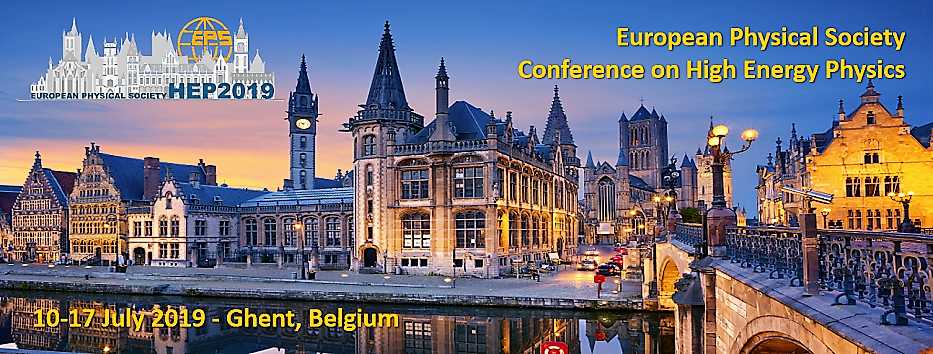Speaker
Description
The Large Hadron-electron Collider (LHeC) is a proposed upgrade of the LHC at CERN. It consists of an ERL providing electrons to collide with the HL-LHC, HE-LHC and the FCC-hh proton (ion) beams achieving per nucleon centre-of-mass energies 1.3-3.5 (0.8-2.2) TeV and luminosities $\sim 10^{34(33)}$ cm$^{−2}$ s$^{-1}$, respectively. These three configurations will enlarge the HERA kinematic coverage by more than one order of magnitude towards smaller $x$ and larger $Q^{2}$, which translates into a range of available momentum fraction of the diffractive exchange with respect to the hadron down to $10^{−4}$ for a wide range of the momentum fraction of the parton with respect to the diffractive exchange. Here we show the large possibilities that they offer for the determination of diffractive parton densities DPDFs in proton and nuclei. Using the same framework and methodology previously employed at HERA and under very conservative assumptions for the luminosities and systematic errors, we find an immense improvement in the extraction of DPDFs from fits to reduced cross sections for inclusive coherent diffraction in ep by about an order of magnitude. We analyse the sensitivity to kinematic cuts and variations of the fit framework. We also note unprecedented sensitivity to the shape of the gluon distribution, and to physics beyond linear twist-2 DGLAP evolution at moderate $Q^2$ . For eA, we find that an extraction of the currently unmeasured nuclear DPDFs is possible with similar accuracy to that in $ep$, in a kinematic range extended by $\sim 4$ orders of magnitude as compared to available lepton-nuclear DIS data.
Based on: e-Print: arXiv:1901.09076 [hep-ph]
